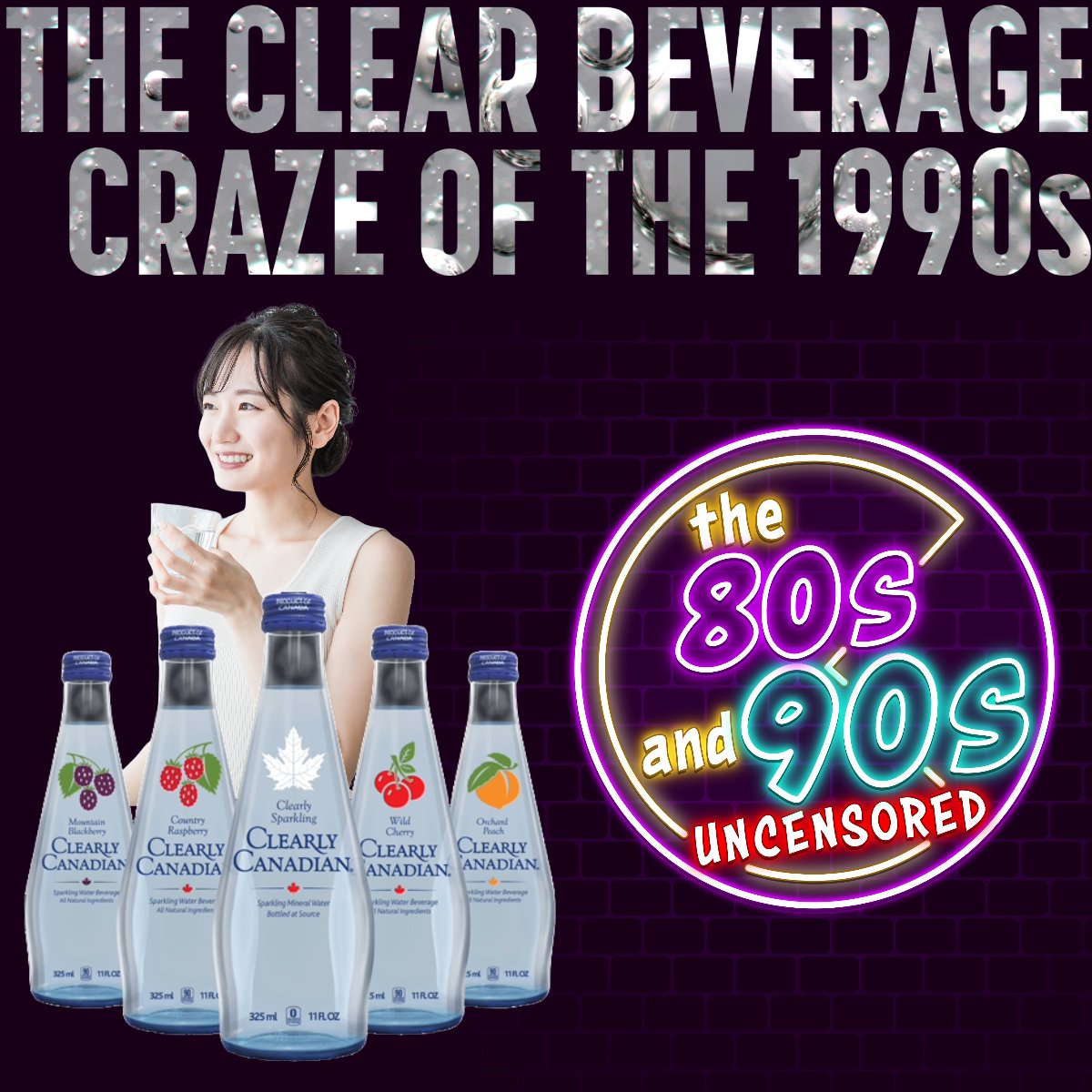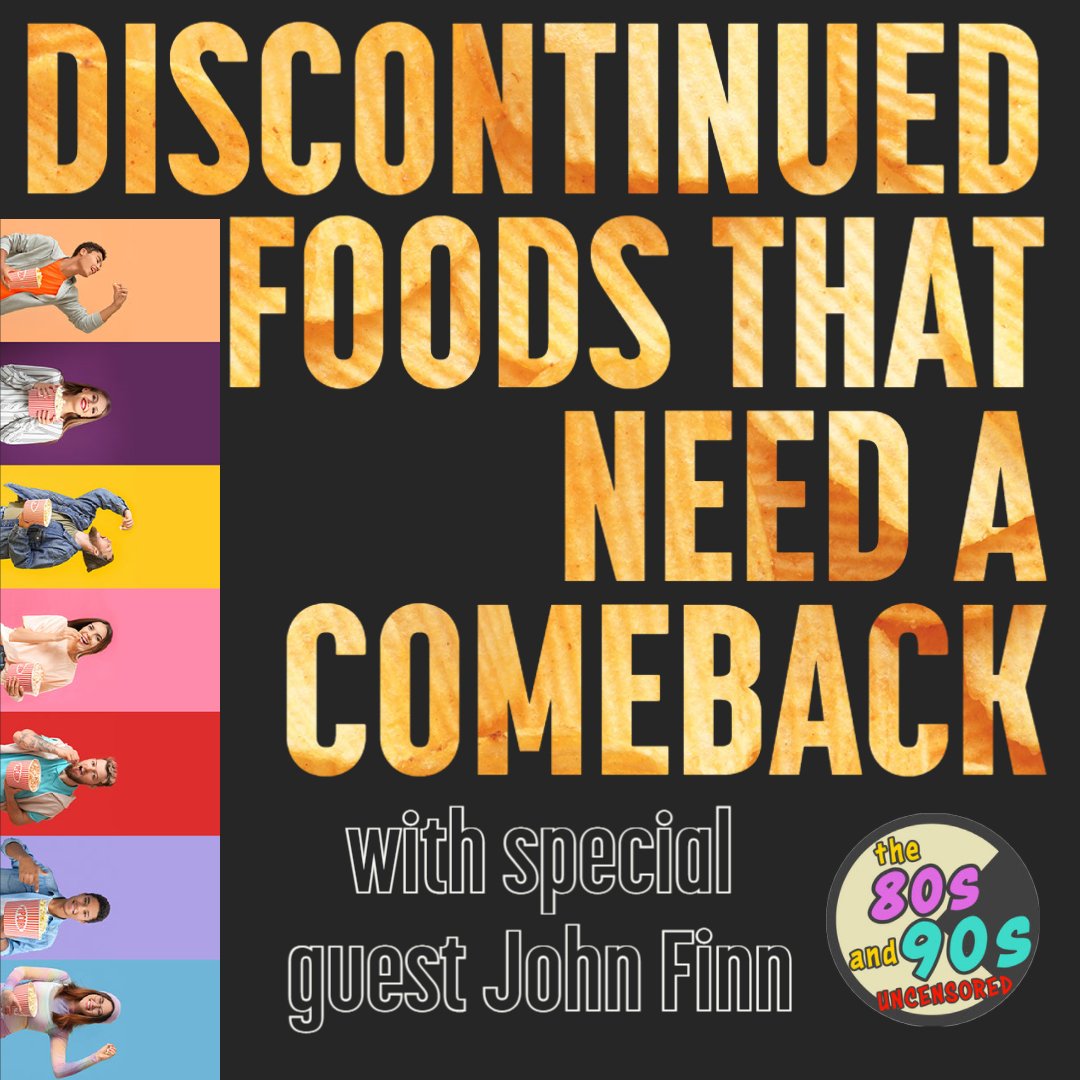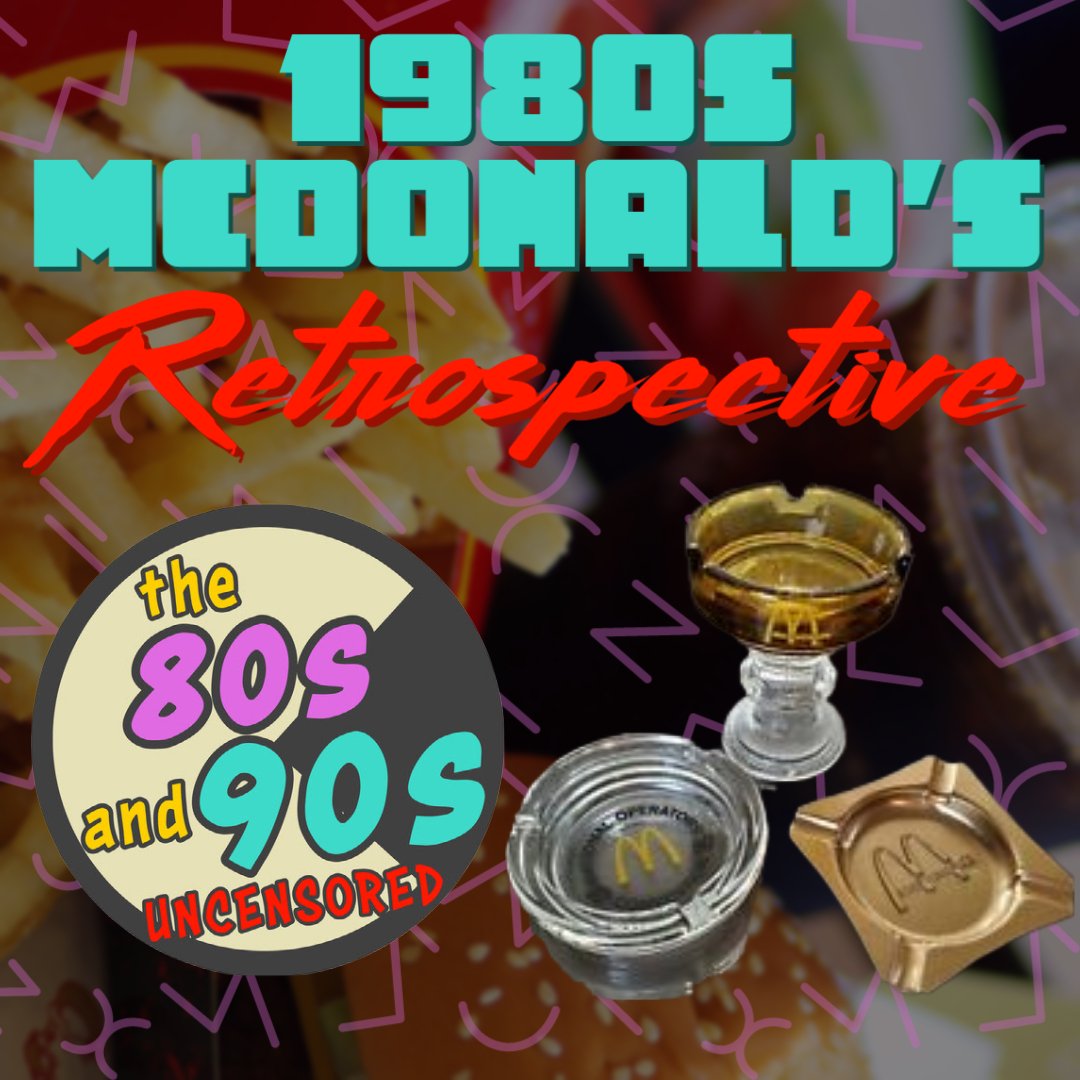5 Party Hors D’oeuvres from the 1980s (Not Seen Much Anymore)
Growing up in a working class, single-income household in the 1980s, my family rarely got “fancy”. However, that never stopped my mother and grandma from trying every so often. They sometimes threw parties at their houses with a set of friends, and one of the hallmarks of these get-togethers were their thrifty yet stylish party snacks. In fact, I distinctly remember mom and grandma asking guests if they’d like some “hors d'oeuvres”. Yeah, that’s French people. Here are five of those 80s party snacks (ahem, “hors d'oeuvres”) I remember from those gatherings that we don’t see as much of anymore.
Lil’ Smokies Cocktail Wieners
Lil’ smokies are small, smoked sausages often coated in a sweet and sour, teriyaki or BBQ sauce. Many are skewered with toothpicks for easy pickup. These were a typical staple of 1980s parties and potlucks because they were very easy to make while appearing arduous and time consuming. My mother would buy precooked wieners and a premade sauce, combine both in a slow cooker, then turn it on its lowest setting for hours until the party. She’d then serve directly from the crock pot, with some of the sauce crusting up at the rim edges, so guests would know these lil’ fellas had been slow “cooking” for a while. Yeah, we had patience when it came to petite wursts in our house.
As a home cooking dad these days, I see that my mother’s method was only slowly heating up product already cooked through. Proper slow cooking should start with raw sausage, seared on the outside and preferable a sauce made from scratch. However, my mom liked to follow the path of least resistance when it came to most household labors. In this way, her method was really quite brilliant.
Incidentally, if you call someone a Wiener, you are technically accusing them of being a person from Vienna. The prefix “Wein” is German for something or someone of Vienna. Thus, foods like “wienerwurst” and “wiener schnitzel” are dishes from Vienna and a “Wiener” is person of that city. So, the next time your nemesis calls you a Wiener, start playing Falco and reply with, “vielen dank”.
Bread Bowl Dip
Dip in a bread bowl was something you’d often see at gatherings in the 80s. They were easy to make but still looked rustically cosmopolitan. A guest could take a piece of the very container that housed its own sauce (did I say that right?) I remember some of the cheesy dip varieties included spinach, artichoke, shrimp, crab (imitation in our case no doubt), or even plain queso. Sometimes grandma would serve chili in a bread bowl to my uncles on game day. Putting anything in a bread bowl instantly makes it more bucolically elegant. You could put knock off Cheez Whiz in a bread bowl and it would elevate it to another level.
Nowadays, I see bread bowls at bistros or places like Panera, but they usually contain soups. I rarely see bread bowl dips as a party or game day snack as much. That’s a shame because bread bowl dips aren’t only cool and snackable, they’re also efficient and environmentally friendly.
While the bread bowl itself can be traced back to antiquity, the popularity of bread bowl soups and dips in 1980s America likely spawned from the omnipresent California culture that impacted the nation during this decade. Already known for its artesian sourdough, San Francisco shops started serving seafood chowder in the hollowed loaves to be unique. This not only had the added benefit of dirtying up less dishware, but shops could also charge more for soup.
Deviled Eggs
My mother and grandma loved to make deviled eggs. Sometimes they made them even when there wasn’t a party. Their particular style of filling was simple: yolks, mayonnaise, mustard and a splash of pick juice. They’d then top of the eggs with a sprinkle of paprika for a smoky bite and color. Every family had their own variation. In fact, I swear I could taste the difference from my mother’s eggs and those made by grandma or others. As it turns out, mom and grandma were fulfilling an ancient tradition by making these eggs as appetizers. Wealthy Romans served something very similar as a first course of their meals. So, while we might have been on the lower end of the socio-economic scale in the 80s, we were still living large as far as the Romans of antiquity were concerned.
The modern American deviled egg has used mayonnaise since the 1940s and were popular for the decades after, including the 1980s. Devilled eggs are not exactly a rare site these days but not as much compared the proliferation of these demonic zygotes during the 1980s. However, this might be my observation and I could be completely incorrect about this one.
The term “deviled” is interesting. In fact, many religious areas in the South and Midwest have alternative names like “stuffed eggs” or “salad eggs”. This British term can be traced in written form all the way back in 1786. “Deviled”, in this case, is synonymous with “spiced”, referring to foods that are hot and piquant in nature. I always thought the descriptor specifically referred to spiced paste foods of some sort, like deviled ham spread.
Shrimp Cocktail
Unlike the other appetizers on this list, mom broke out shrimp cocktails as an hors d'oeuvre when she didn’t only want to look fancy: She wanted to be fancy. She had a collection of different types and shapes of cocktail glasses. She’d hook cooked, cold shrimp on the edges of the glasses which were filled with a shrimp cocktail sauce. Yeah, it was all premade but she manually chopped fresh tomatoes, iceberg lettuce, cilantro and sometimes avocado. FAN-SEE!
Essentially shrimp dipped in a sauce, the origins of the dish are murky. However, what makes shrimp cocktails unique is that it is served in a cocktail glass. The prevailing theory is that shrimp cocktail was popularized in the Prohibition era of the 1920s. It’s thought that many bars had an excess of cocktails glasses and wanted to find other uses for them. Shrimp are naturally hook shaped and could hang on the glass edge while the basin, previously reserved for adult beverages, could then hold a dipping sauce, made easily with bar ingredients such as ketchup, horseradish, vinegar and Worcestershire sauce. What is known is that shrimp cocktail became popular among Las Vegas casinos in the 1950s. They were a portable yet classy snack that cocktail waitresses could offer hungry gamblers. Their popularity spread to American homes in subsequent decades.
If you were a kid and cognizant after March 30, 1988, we might share the same irrational fear that our shrimp cocktail might attack us. There’s a now famous scene in Beetlejuice during the Deetz’s yuppie-style dinner party where the guests are possessed and sing calypso. Their shrimp then become fingers of monstrous hands that grab their faces and push them backward in their seats. The party was later amused by the whole affair, but I must admit, I still hold the slightest trepidation even after all these years when I see shrimp cocktail.
Ranch Anything
At some point, ranch dressing took over as the single defining flavor of the 1980s. It was everywhere. In fact, you could use ranch dressing for the above aforementioned appetizers. One could have plain lil’ smokies with ranch dip, ranch dip bread bowls, ranch dressing deviled eggs, cocktail shrimp with ranch… I could go full-on Bubba, naming all the different ways one can use ranch dressing.
While many companies have their brand of ranch dressing, there’s only one in my mind and that’s Hidden Valley. In 1949, Nebraskan Steve Hensen moved to Anchorage for contract plumbing. For some reason, he invented a new salad dressing for his work crews. What a great boss huh? Well, Steve’s plumbing business did quite well, and he was able to retire to sunny California at 35. Still young and entrepreneurial, Steve bought a ranch in 1954, renaming it Hidden Valley Ranch, where he served his salad dressing. His friend’s nearby tavern started serving it as well. Not long after he had bought the ranch, Steve was selling prepackaged Hidden Valley Ranch mix to stores and supermarkets in the region. Eventually, he had to open proper manufacturing plants in the 1970s to keep up with demand, with the ranch itself acting as the company headquarters. Clorox bought his company in 1972 and Steve retired like a boss… again.
Clorox made some updates that helped proliferate ranch dressing in the 80s and beyond. In 1983 they developed the non-refrigerated bottle version that’s also the standard. In 1987, Doritos released their “cool ranch” flavored chips that are still on shelves today. This opened to door for ranch pizza, ranch veggies, ranch crackers, ranch tacos…
10 Foods and Beverages Introduced in the 1980s (We Still Eat and Drink Today)
We purchased 10 foods and beverages introduced in the 1980s you can still get today and made a lunch of them.
Do you still see these hors d'oeuvres around today? Do people even use the word “hors d'oeuvre” anymore? Let me know in the comments below. Also be sure to listen to our amusing and informative food episodes on The 80s and 90s Uncensored. With that, I leave you with this quote:
“I sit down and liberally spread salad dressing across my plate, because on the eighth day, God created ranch dressing.”





















On this episode of The 80s and 90s Uncensored, the guys go on location to Costco to discuss the history of the famous $1.50 hot dog and drink they’ve been offering since 1985.